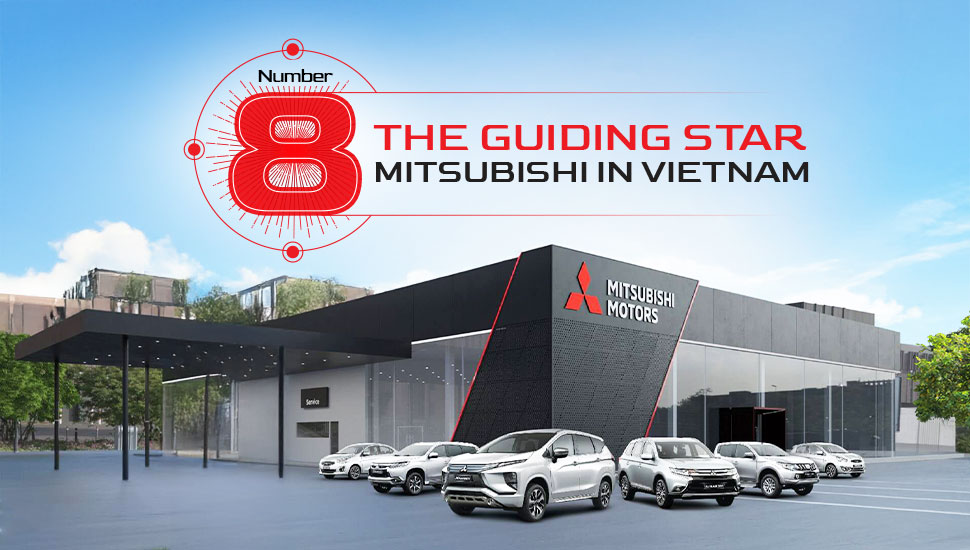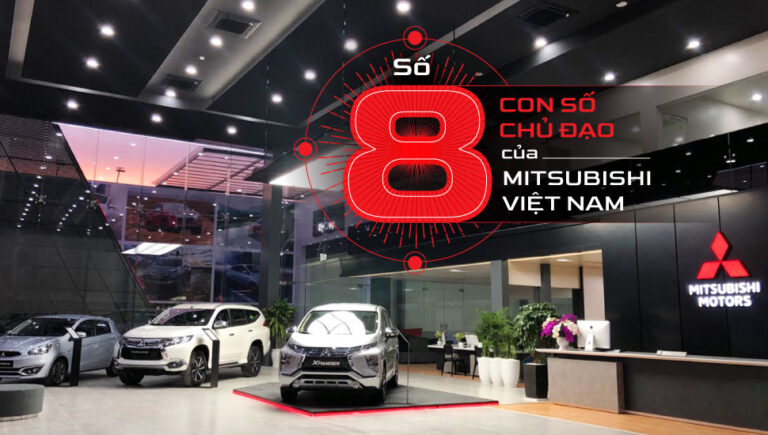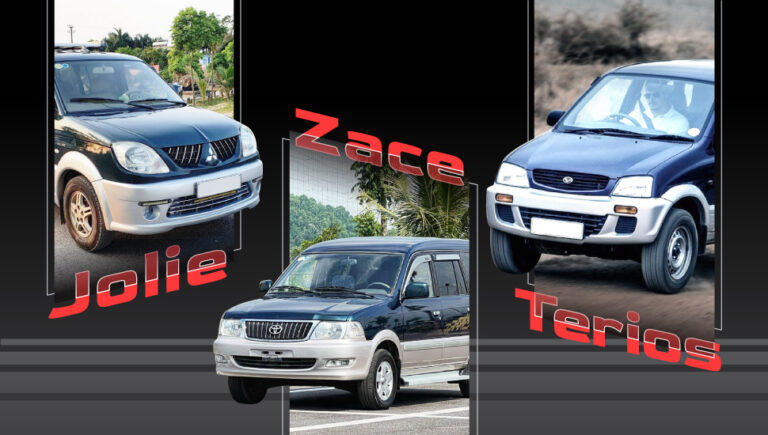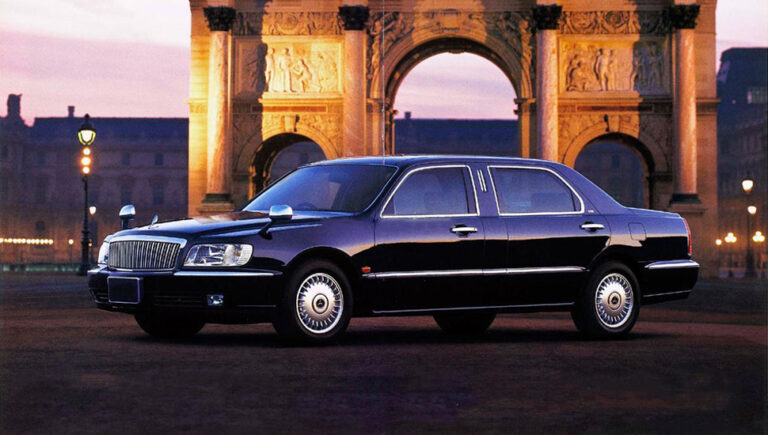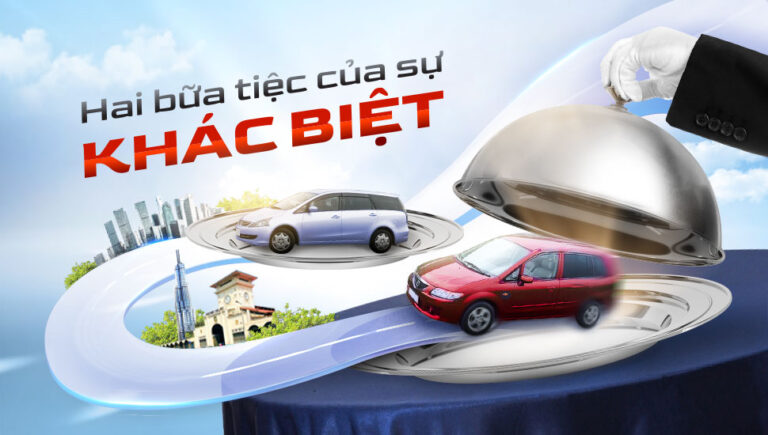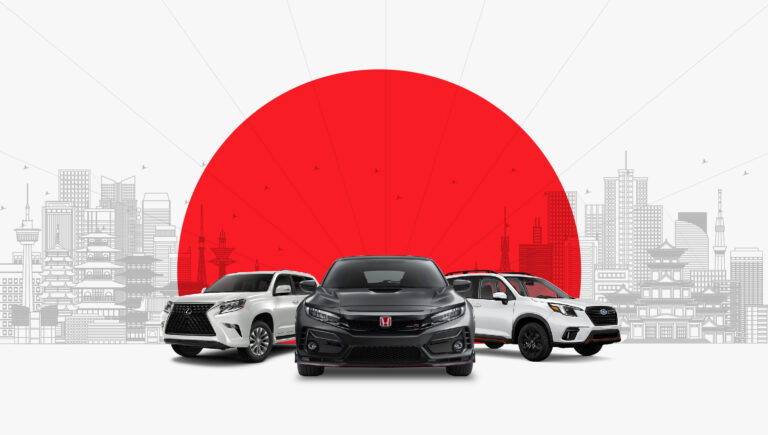In Vietnam, the number 8 is associated with prosperity, progress, and continuity—a fitting metaphor for Mitsubishi’s evolving story. Over the years, the brand has worked tirelessly to adapt to local tastes, embrace innovation, and cement its place in a highly dynamic automotive landscape. Through ups and downs, Mitsubishi’s journey with this number underscores its drive to redefine itself time and again.
From the early allure of the Jolie, the lessons learned from the Zinger, to the monumental success of the Xpander, the number 8 serves as a symbolic anchor for Mitsubishi’s milestones, shaping its identity and aspirations in the Vietnamese market.
Mitsubishi Jolie: The Muse of the Early 2000s
In the early 2000s, two names dominated Vietnamese headlines: actress Angelina Jolie and Mitsubishi Jolie. Introduced in 1998, the Mitsubishi Jolie gained widespread recognition after the release of a commercial featuring Mỹ Tâm’s captivating song “Đôi Cánh Tình Yêu” (Wings of Love):
“And now, the happiest melody of life. Because I’m in love with you, and we’re living together. With you, every day of my life feels vibrant, soaring high…”
This commercial captured hearts, and many dreamed of owning a Jolie to embark on scenic family adventures. Its appeal lay in its simplicity: beautiful design, durability, high ground clearance, and a seven-passenger capacity. At the time, MPVs weren’t even a defined category, but Jolie’s sleek styling—particularly its elongated rear light cluster stretching from the roofline to the bumper—made it instantly recognizable, a design language echoed later in the Grandis and Xpander.
However, a critical flaw held Jolie back: its reliance on a carburetor instead of fuel injection, which its rival, the Toyota Zace, utilized. Despite its charm, Jolie lagged behind the Zace in sales, managing 12,000 units compared to the Zace’s 17,000 by the end of its life cycle in 2007. With the rise of the Toyota Innova in 2006, both Jolie and Zace had to step aside, signaling the end of an era for affordable urban SUVs.
Mitsubishi Zinger: A Missed Opportunity
In August 2008, Mitsubishi introduced the Zinger at the Vietnam Motor Show in Hanoi. Originally successful in Taiwan since 2005, the Zinger entered the market with two variants priced between $27,940 and $30,690. Yet it faced a formidable opponent: the refreshed 2008 Toyota Innova, which was priced similarly but enjoyed unparalleled market dominance.
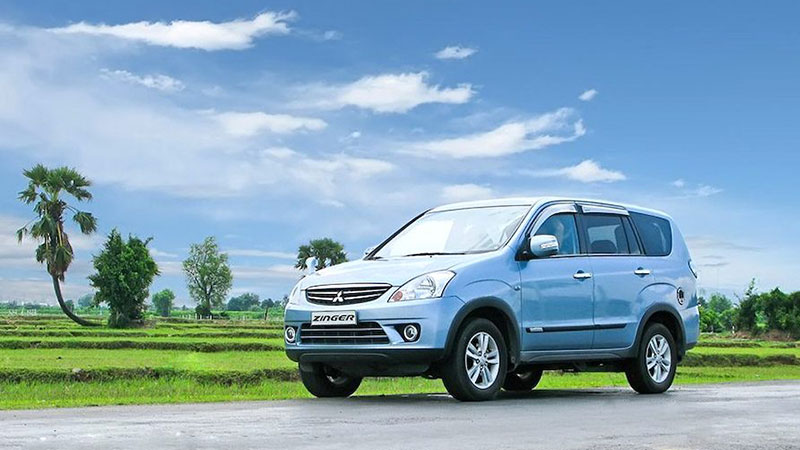
The reasons for Zinger’s struggle were clear:
- The Toyota Advantage: By 2008, Toyota’s Innova was already a household name with unbeatable sales figures. Aggressive marketing campaigns and tailored versions for taxi operators ensured its omnipresence on Vietnamese roads, leaving little room for Zinger.
- Fuel Efficiency Concerns: While the Zinger boasted a 2.4L engine for added power, the 2.0L engine of the Innova appealed more to cost-conscious buyers. For many, the prospect of higher fuel costs overshadowed the benefits of performance.
- Design Shortcomings: Aesthetically, the Zinger lacked the balance and polish that the Innova offered. In a market where a car was often a family’s most significant investment, Zinger’s less appealing design became a dealbreaker.
The Zinger’s defeat was decisive, prompting Mitsubishi to quietly retreat and regroup for its next move.
Mitsubishi Xpander: The New Icon Was Born
On August 8, 2018, Mitsubishi Motors Vietnam, under the leadership of CEO Kenichi Horinouchi, unveiled the Xpander at a grand event in Hồ Tràm, Vũng Tàu. This was the dawn of a new era. Mitsubishi’s Crossover MPV challenged the reigning Toyota Innova, and for the first time in years, Vietnamese buyers rushed to place deposits on a car the day it launched.
The Xpander’s early success wasn’t surprising. Prior to its Vietnam debut, Mitsubishi had rigorously tested it in Indonesia, a market with parallels to Vietnam in terms of infrastructure and consumer behavior. Feedback from Southeast Asian users spoke volumes:
- Farid (Indonesia): “It’s elegant yet sporty. High ground clearance yet easy to drive. A perfect car for its price range.”
- Ceejay (Philippines): “As a photographer always on the move, I find the Xpander ideal—it works perfectly wherever I go.”
- Pinchai (Thailand): “The spacious cabin makes every drive comfortable, and the sound insulation is a bonus.”
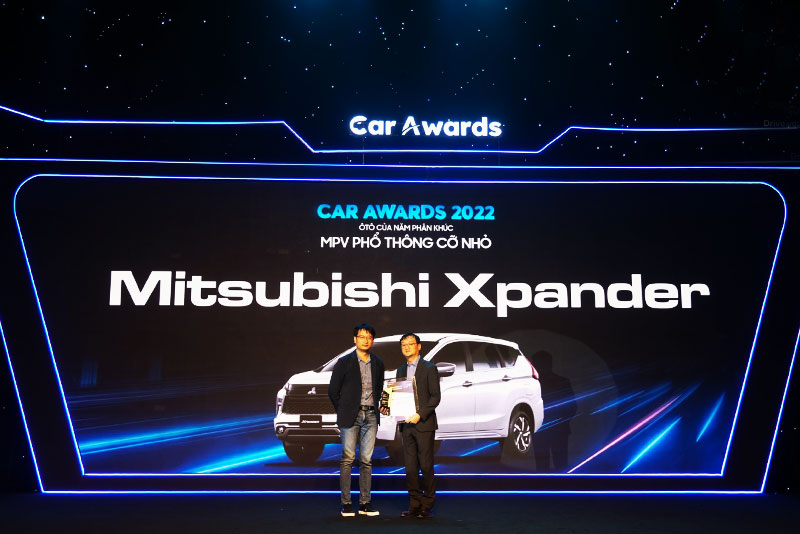
The numbers tell the story. Within its first year, the Xpander sold 10,000 units in Vietnam. By year two, this doubled to 30,000, and by year five, over 80,000 units had been delivered, firmly ousting the Toyota Innova from its throne. Throughout 2024, the Xpander continues to dominate the MPV segment, leaving the runner-up trailing far behind in an impossible race to catch up.
The Xpander’s winning formula lay in its 1.5L engine—efficient yet adequate for city commutes—along with a modern, spacious interior and competitive pricing. It addressed every buyer’s concern with finesse, leaving little reason for rejection.
A Bold Transformation For The Next Move
The Xpander’s rise symbolized more than just a product success. It marked Mitsubishi’s evolution in Vietnam. Showrooms underwent striking redesigns with bold red-and-black branding, creating a premium yet accessible atmosphere. Mitsubishi expanded its dealership network, strategically targeting regions with high automotive demand.
Today, Mitsubishi is enjoying its brightest chapter yet—perhaps even surpassing the glory days of Jolie. With a renewed focus on stylish, durable, and affordable cars, Mitsubishi is inching closer to its ultimate vision: delivering vehicles that inspire confidence and excitement, making purchasing decisions effortless for consumers. We love you Mitsubishi.
